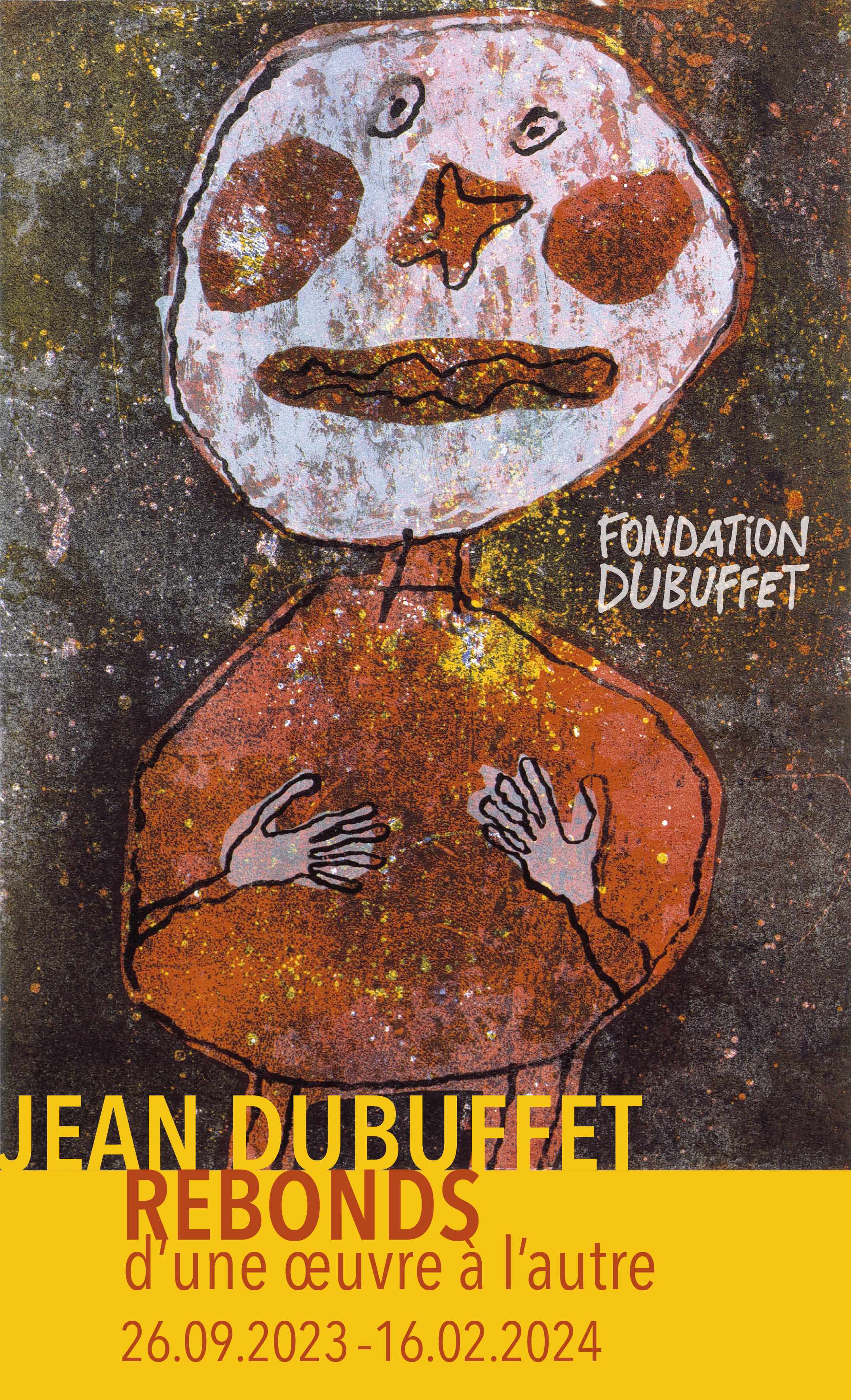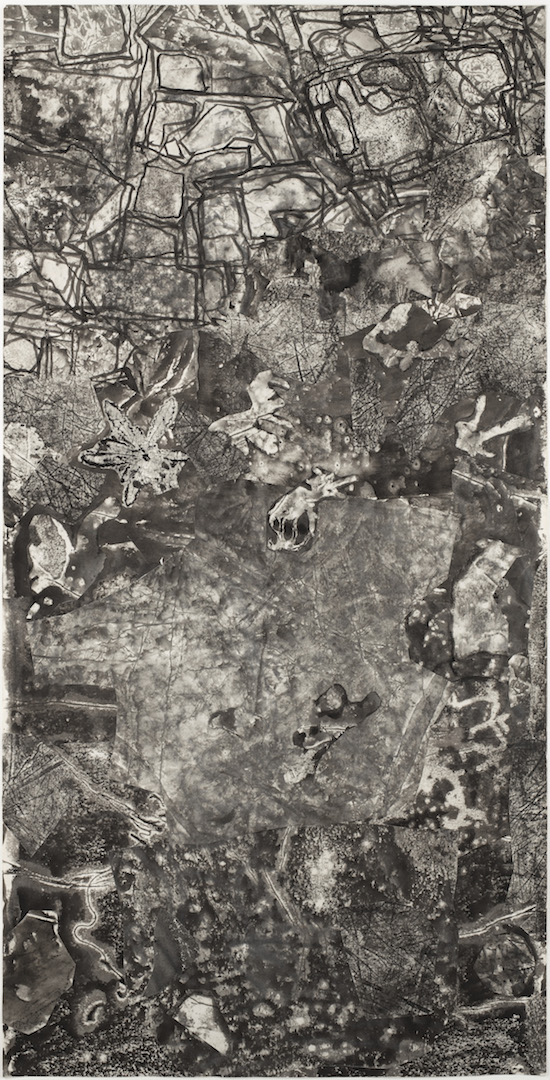Fondation Dubuffet
Jean Dubuffet. Rebonds
From one work to anotherCurator: Déborah Couette, Sophie Webel, Stanislas Ract-Madoux
This exhibition is mainly an experience to be shared with visitors about the work of Jean Dubuffet. It promises to be a perilous and delicate exercise, because it is totally subjective. Of course, a curator's view of an artist's work is always subjective, due to the choice of works selected, but a curator should maintain a certain distance, that of an art historian. Nothing of the sort here.
Our choice was dictated by the desire to approach the artist in a different way by selecting works from more or less distant periods that present correspondences. These may be variations on a theme, similarities in composition or the presence of elements announcing future work. A subtle exercise that invites us to be surprised.
Our own eye was one of the main selection criteria for showing this back-and-forth interplay in Jean Dubuffet's work. Some of these associations were later echoed in the artist's writings. In 1962, Jean Dubuffet remarked to philosopher Hubert Damisch: "the drawings in the Terres radieuses series are perhaps closer to the characters in Légendes or the urban sites in Paris Circus than to Matériologies or even the paintings in the Sols et Terrains series of 1951 and 1952" (see Nappe de deuil, 1952 and continuation)
Dubuffet is no stranger to the back-and-forth. He has always asserted his need to return to past pieces in order to advance in his work. "I expect this Somme to help me mark out my path for the rest of the journey. [...] My boat has always been powered by broadsides, and I feel a curiosity to fly over its entire wake in order to see where I'm at", he writes about his catalogue raisonné. Thus, the cows of 1944 return in 1954; the peeing man of 1945 and the building facades of 1946 come back to life with Paris Circus in 1961... Cows, peeing men, streets and facades are all obvious subjects that we have already explored in our recent thematic exhibitions. Other subjects are less obvious and deserve a detour. The figures lined up in a row (Le Bureau Veritas, 1979); those erected vertically like monoliths (Quatre personnages, 1961) or the crowd with its many faces (Affluence, 1961) transforming into a set of more or less distinct outlines with the Mondanités of 1975. As for the " character with a hat " that we have focused on, Dubuffet deals with it from the 1940s to the end of L'Hourloupe (1974), when the common man abandons the use of a hat to go bareheaded. The "Hat Room" is a playful introduction to variations on the same subject.....

-

Jean Dubuffet (1901—1985)
Obscur Stage at the Foot of a Wall 1957Imprint assemblageMuseum of Modern Art MoMA New York 1962 « The Work of Jean Dubuffet »